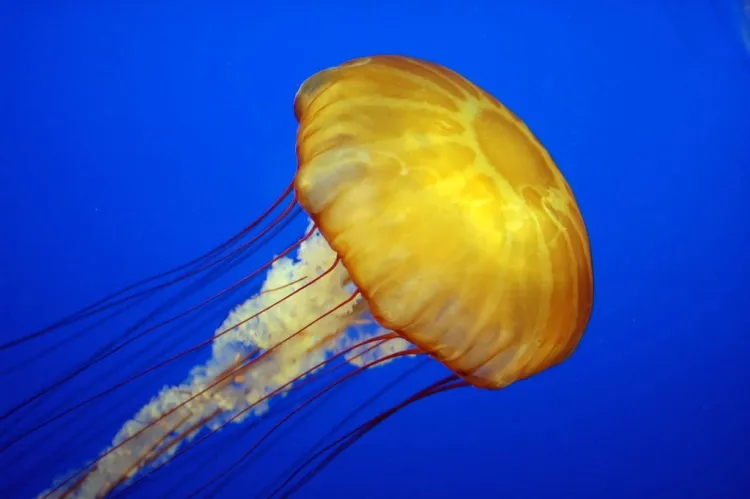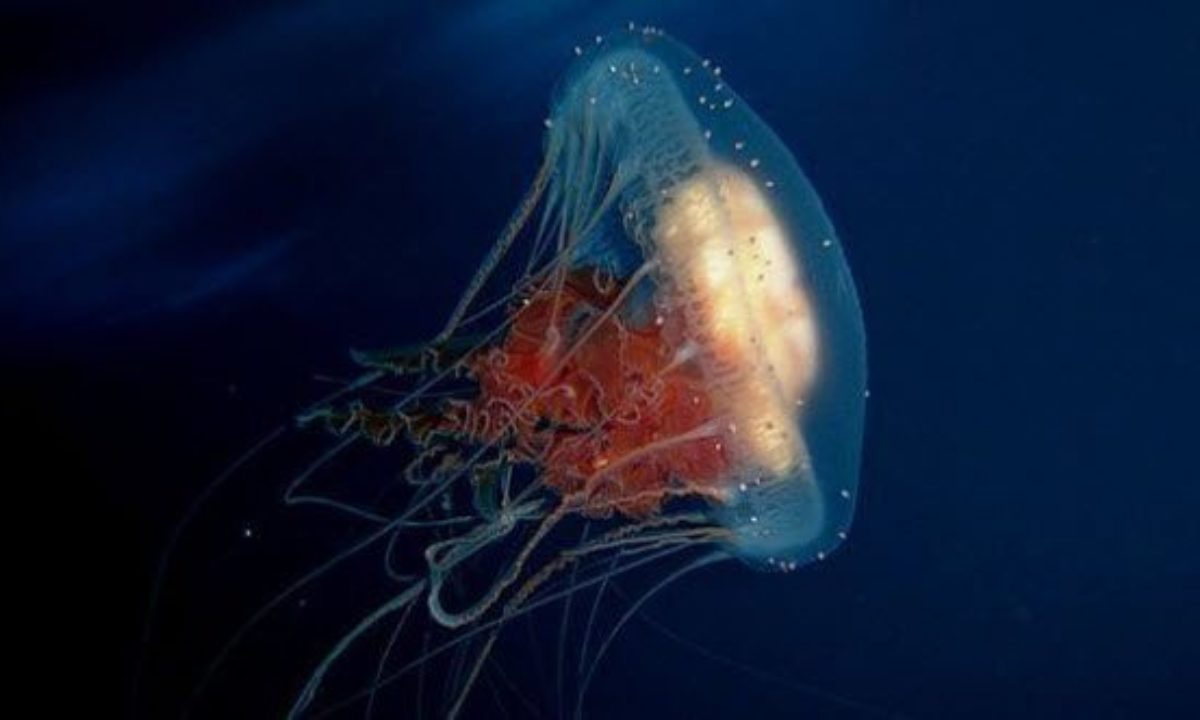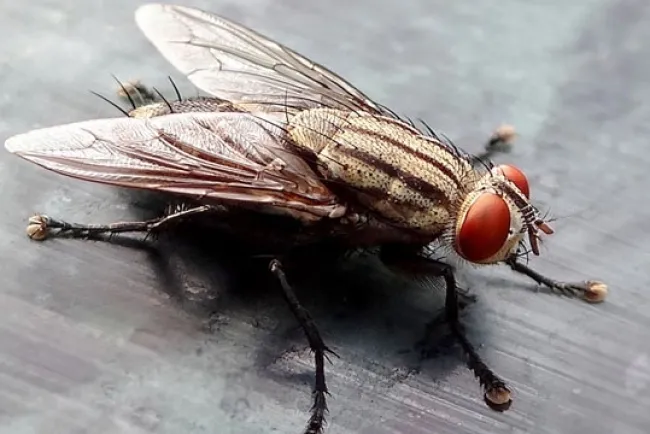Jellyfish Wonders: Exploring Their Biology and Diverse Applications...!!!
Jellyfish are remarkable creatures with fascinating biology and diverse uses. From scientific research and medical applications to environmental monitoring and culinary uses, jellyfish continue to capture the interest of researchers, industries, and the general public. Their unique adaptations and ecological roles highlight the complexity and interconnectedness of marine ecosystems.

Jellyfish are fascinating marine creatures known for their gelatinous bodies and long, trailing tentacles. These ancient organisms have existed for hundreds of millions of years and are found in oceans worldwide, from the surface to the deep sea.
Biology of Jellyfish
-
Physical Characteristics
-
Body Structure: Jellyfish have a simple body structure consisting of a bell-shaped, gelatinous dome called the "medusa" and trailing tentacles. The medusa contains a central stomach cavity, and the tentacles are equipped with specialized cells called nematocysts, which contain stinging structures for capturing prey.
-
Transparency: Many jellyfish are transparent or translucent, allowing them to blend into their surroundings and avoid predators.
-
Size Variations: Jellyfish vary in size, from tiny species measuring a few millimeters to the giant lion's mane jellyfish, which can have tentacles over 30 meters long.
-
-
Life Cycle
-
Polyp Stage: Jellyfish start their life cycle as tiny, sessile polyps attached to the ocean floor. These polyps reproduce asexually, producing small, free-swimming ephyrae.
-
Ephyra Stage: The ephyra is a juvenile jellyfish that undergoes a series of developmental stages before becoming an adult medusa.
-
Medusa Stage: The adult medusa is the sexually reproductive stage of the jellyfish life cycle. Medusae release eggs and sperm into the water, where fertilization occurs, leading to the formation of new polyps.
-
-
Diet and Feeding
-
Carnivorous Diet: Jellyfish are carnivorous and feed on a variety of prey, including plankton, small fish, and other marine organisms. They use their tentacles to capture and immobilize prey with their stinging cells.
-
Passive Feeding: Jellyfish typically drift with ocean currents, passively capturing prey that comes into contact with their tentacles.
-

Behavior and Habitat
-
Habitat
-
Ocean Distribution: Jellyfish are found in all the world's oceans, from coastal waters to the deep sea. They inhabit various marine environments, including estuaries, open oceans, and deep-sea trenches.
-
Environmental Adaptations: Some jellyfish species are adapted to specific environmental conditions, such as the Arctic lion's mane jellyfish, which thrives in cold waters, and the box jellyfish, which is found in tropical regions.
-
-
Movement and Locomotion
-
Passive Drifters: Jellyfish primarily rely on ocean currents to move through the water. They are considered planktonic organisms, drifting with the flow of the ocean.
-
Pulsations: While they mostly drift, jellyfish can also use rhythmic pulsations of their bell to propel themselves forward. This movement helps them navigate and capture prey.
-
-
Bioluminescence
-
Light Production: Some jellyfish species are bioluminescent, meaning they can produce light through chemical reactions within their bodies. Bioluminescence is used for various purposes, including attracting prey, deterring predators, and communication.
-
Uses of Jellyfish
-
Scientific Research
-
Biomaterials: Jellyfish collagen is a valuable biomaterial used in various medical and cosmetic applications. It is biocompatible and has wound-healing properties, making it suitable for use in wound dressings, tissue engineering, and regenerative medicine.
-
Bioluminescence Studies: The study of jellyfish bioluminescence has led to significant advancements in scientific research. The green fluorescent protein (GFP), derived from the jellyfish Aequorea victoria, is widely used as a marker in molecular and cellular biology to study gene expression and protein localization.
-
-
Medical Applications
-
Anti-Aging Products: Jellyfish collagen is used in skincare products for its moisturizing and anti-aging properties. It helps improve skin elasticity and reduce the appearance of wrinkles.
-
Drug Delivery Systems: Researchers are exploring the use of jellyfish-derived materials in drug delivery systems, utilizing their biocompatibility and ability to encapsulate and release therapeutic agents.
-
-
Environmental Monitoring
-
Indicator Species: Jellyfish populations can serve as indicators of environmental changes and ocean health. Increases in jellyfish numbers may signal shifts in marine ecosystems, such as overfishing or changes in water temperature and nutrient levels.
-
-
Aquaculture and Food Industry
-
Edible Jellyfish: In some cultures, jellyfish are considered a delicacy and are used in traditional dishes. Edible jellyfish are processed and sold in various forms, such as dried or pickled.
-
Aquaculture Feed: Jellyfish are being explored as a potential source of feed for aquaculture species, providing a sustainable and nutrient-rich option for fish and other farmed marine animals.
-
-
Tourism and Education
-
Aquariums: Jellyfish are popular exhibits in public aquariums, where they captivate visitors with their graceful movements and unique appearance. Educational programs and displays help raise awareness about jellyfish biology and marine conservation.
-
Eco-Tourism: Jellyfish blooms attract tourists to coastal areas, providing opportunities for eco-tourism and recreational activities such as snorkeling and diving.
-
Jellyfish are remarkable creatures with fascinating biology and diverse uses. From scientific research and medical applications to environmental monitoring and culinary uses, jellyfish continue to capture the interest of researchers, industries, and the general public. Their unique adaptations and ecological roles highlight the complexity and interconnectedness of marine ecosystems.
What's Your Reaction?

















